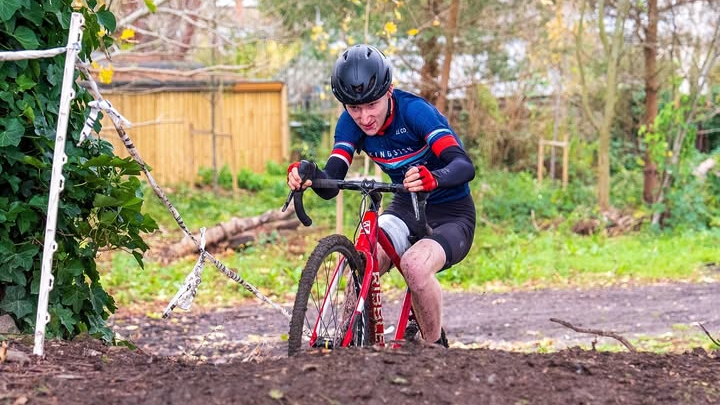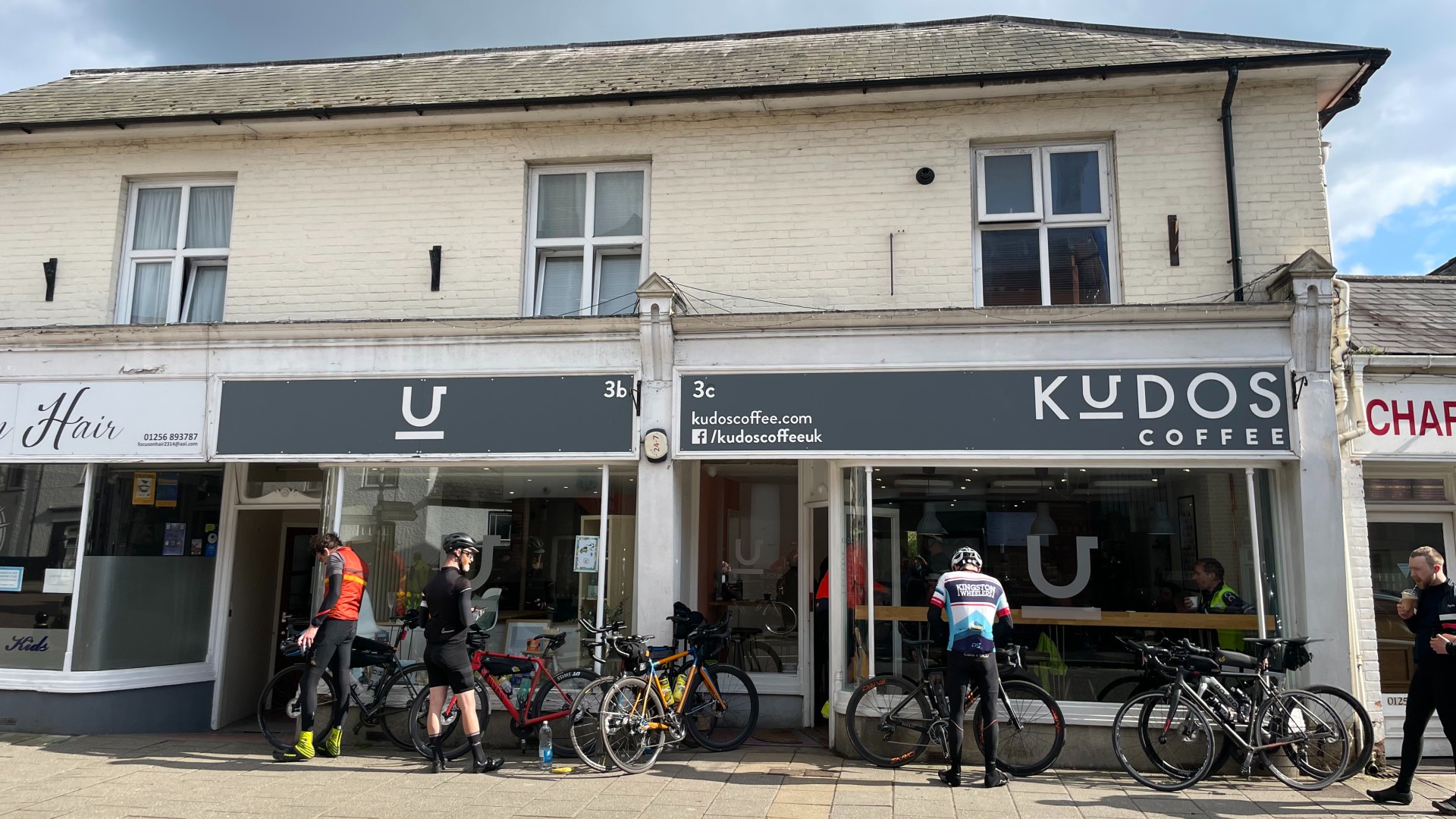
Road to Paris – Qualifying for PBP
This year marks the return of the biggest audax event in the calendar, Paris-Brest-Paris. It’s a 1,200km ride that runs every four years and attracts long distance cyclists from around the world. We hear from three Wheelers who have just finished their qualifying events to hear about their road to Paris to start PBP.
Javier Arias Gonzales
Paris-Brest-Paris (PBP), I’d argue it is the biggest cycling event in the world when you combine how old the event is (older than the Tour of France), amount of riders (around 8,000), how international it is (more than 70 nationalities represented), the distance to ride (1,200km to be ridden in 90 hours) and the support riders get from spectators alongside the road. In my mind, PBP is like the Olympics of long distance cycling.
I have two objectives for Paris-Brest-Paris (PBP) 2023. The first one is to finish it.
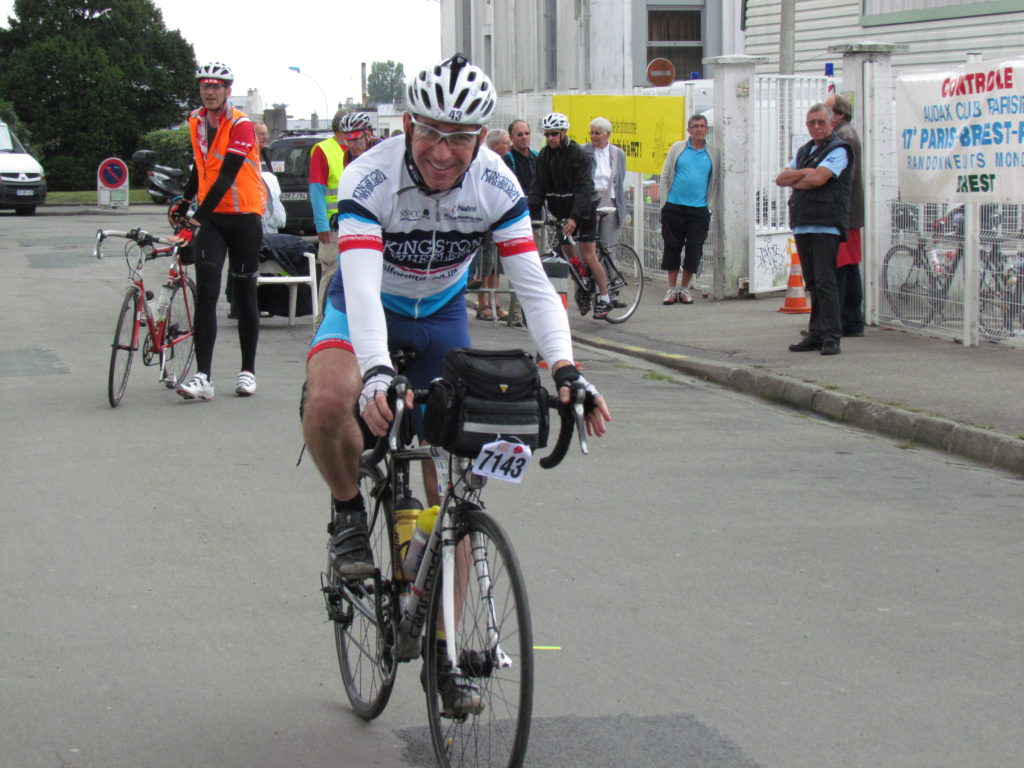
I rode my first PBP in 2011. It took me 87h 45m. That was the 86th time in my whole life I had ridden a road bike. I loved the experience so much I set myself the goal of riding PBP ten times.
Now, PBP only happens every four years so a simple math exercise told me that I’ll ride my 10th one in 2047 and I’ll be 78 by then. I can’t afford to miss any edition as I’m not sure I’d be able to finish PBP being 82 years old. Hence my first objective for 2023 is to ride those 1200 km within 80 hours.
My second objective, though, is to set a personal fastest time at PBP. That means finishing in less than the 59 hours and 31 minutes that was my official time for PBP 2019.
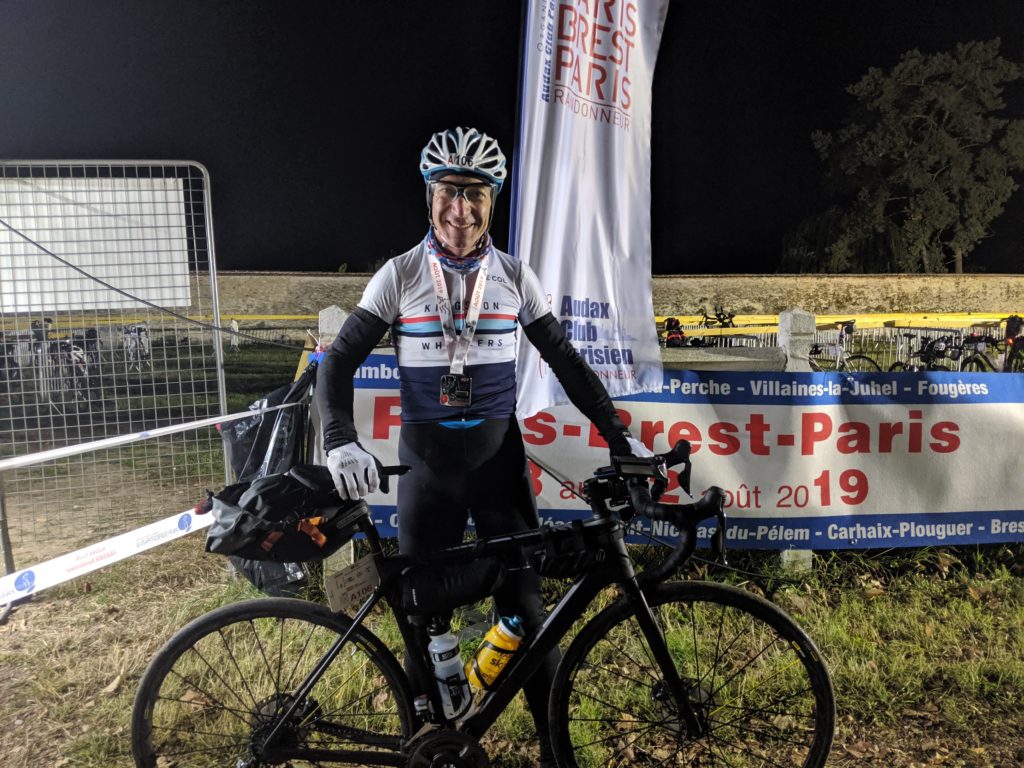
I want to have the experience of riding as fast as I can and setting a personal record so in future editions I can focus on other ways of enjoying PBP. I have set my eyes on a stand that offers free sausages to cyclists. I’ll eat two of them in 2027.
As with the Olympics, everyone has to qualify to be able to enter PBP. That means any rider aspiring to ride PBP has to finish a 200km, a 300km, a 400km and a 600km Audax event.
We are very lucky, Kingston Wheelers Audax Chapter organises a whole series of rides that can be used to qualify for PBP. A luxury at our doorstep.
In those events I normally volunteer in the morning. I love having the opportunity to welcome the riders, to help answer their questions. The atmosphere is fantastic, a combination of excitement and expectation for the ride to come. I always wear Kingston Wheelers kit, I’m proud of the quality of our events and want to show our colors. Once we send off the riders I normally help tidying up the venue and then I’ll start my ride.
For me these year’s qualifiers are opportunities to test the kit I’ll be using and to train the pace I’ll aim to be riding at PBP.
In the second half of the Gently Bentley (200km) I tested for the first time my “steady” pace. I was very happy managing to finish the event and not feeling that tired.
Amesbury Amble (300km) was my opportunity to test my rain kit. This ride is where I decided the long sleeve Gabba (Castelli Perfetto RoS) will be the jacket I’ll take to PBP.
At the Dauntsey Dawdle (400km) I rode with aero wheels and aero bars and I decided I was going to use both at PBP. I also tested in the first 10 hours / 250km the strategy of riding “steady” and stopping only the essential. Tiring but manageable.
Bryan Chapman (600km) was my dress rehearsal. Carrying all the kit I plan to take to PBP, riding “steady”, minimizing time in stops and riding through the night. Although the main learning I got from this ride is that I’ll be 100% sure I’ll start PBP with my di2 fully charged.
Since Bryan Chapman, 20th of May, I switched my training focus. June and July is all about intensity. Those 2 hills rides on Thursday evening are excellent for that, even if I always end up dropped.
In August I’ll be in Asturias (Spain). Two weeks of proper tapering to make sure I get to the start as fresh and as relaxed as possible. I’m pretty good at that.
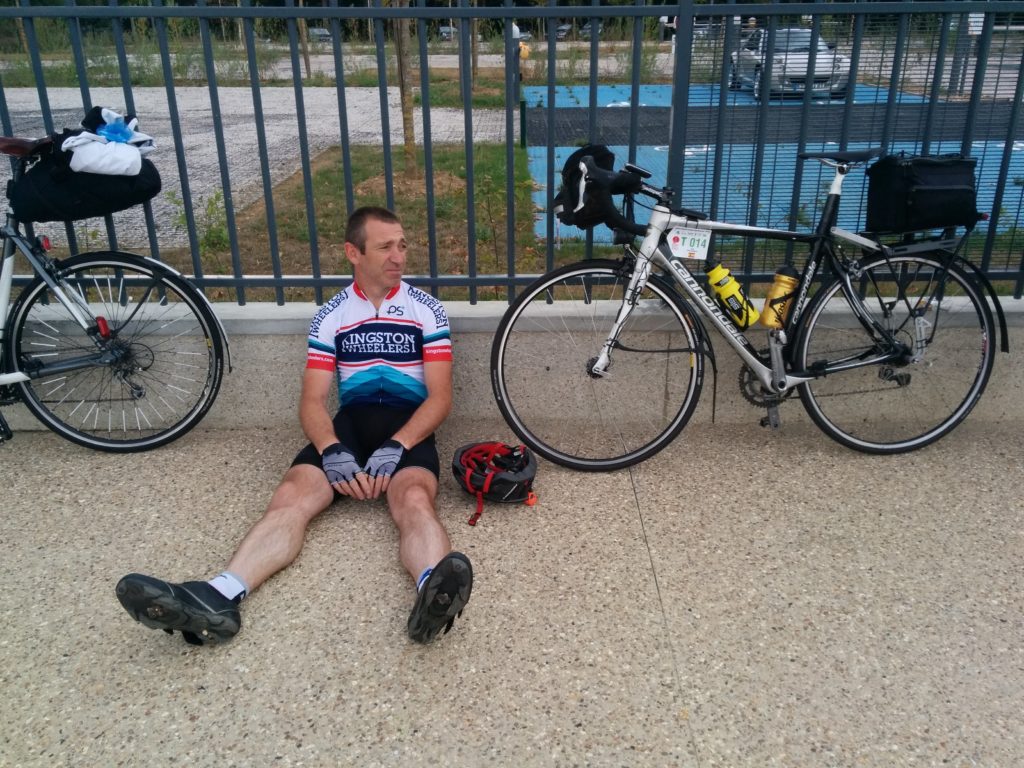
I’ll be starting on the first wave, Sunday 18th of August at 16:00 (CET), rider A076 (I believe there’ll be some way of following the riders at paris-brest-paris.org).
That will be around the 3000th time I ride a road bike in my life. I’ll be able to give you the exact number on the day.
Patricia Villar
To sign up for something like PBP you have to either be a strong rider, or in my case, have a selective memory and a big dose of optimism. Every audax distance I’ve done has been a struggle at first and left me thinking that I’d reached my limit, and yet I always found myself signing up for longer ones and now PBP. It helps that I can’t remember pain. It helps even more that I’m embarking on this journey with my partner Tony, who did LEL last year and is the best ride companion.
Our series of qualifying rides got off to a good start, with the Wheelers’ Gently Bentley 200 km and Amesbury Amble 300 km being familiar courses and distances. Both are fantastic routes and we had good weather and company. When it came to our 400 km ride (London Circuit), however, things didn’t go to plan. It rained non-stop for the whole day, the route was slow and convoluted, Tony’s front light died, my battery pack had water damage and didn’t charge, and then to top it off my left shifter broke, so I was stuck in the small ring. Reluctantly, we accepted defeat and got a train home, soaked to the bone. Fortunately, we had a back-up 400, which was the Dauntsey Dawdle two weeks later, and that was a vastly better experience.
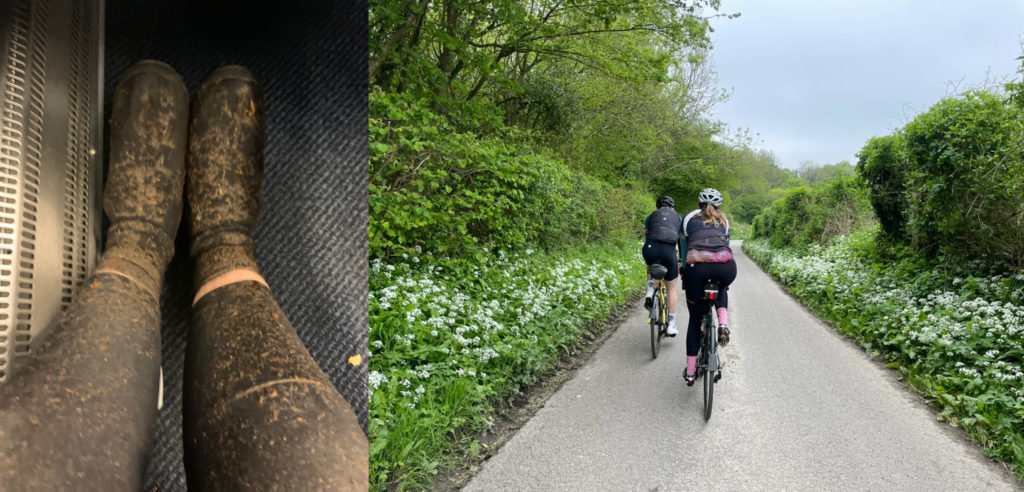
Our final 600 km qualifier was the ‘University Challenge’, from London to Chepstow and back, via Cambridge and Oxford. This was quite a leap for me and my first two-day audax. We again had numerous mechanicals (snapped device mount, slow tubeless puncture that wouldn’t seal, detached bottle cage), but this time were able to patch everything up on the fly. Although we made it round in time, the state of my legs afterwards told me that a lot more training is needed, as I couldn’t have ridden the same distance again the next day.
Last weekend we did another 600 which, despite the slightly flatter route, was even more challenging thanks to high temperatures and brutal headwinds on the second day, and me forgetting my wallet at a petrol station (doh!). But it was a stunning route, great training and we again finished in time.
It’s really exciting that we’ll be taking part in such a huge event as PBP, with all its history and atmosphere. There are plenty of challenges like sleep deprivation, indigestion, saddle sores and self-doubt, but I’m also trying to trust the training process and believe that it will be alright on the night. For me, the main goal is to complete the ride in one piece within the 90-hour time limit, enjoy the journey, ride with people from all over the world, and find out what my body is capable of.
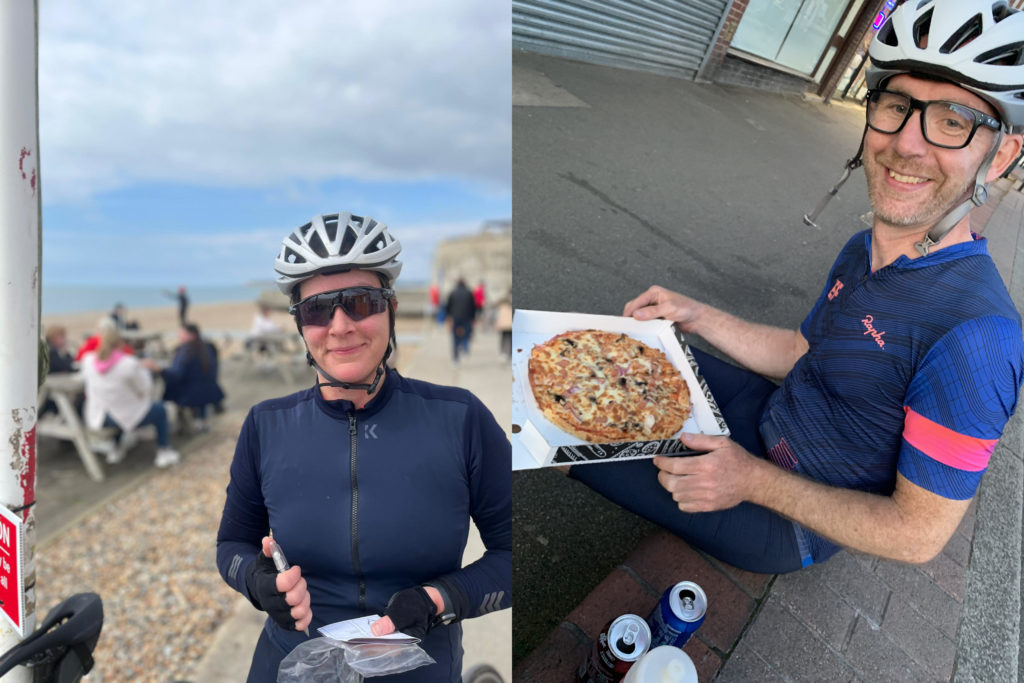
Richard Leishman
After a painful DNF in London Edinburgh London in 2017 I said that riding anything over 600km was daft and that that I would definitely never do PBP. Javier, one of the club’s most seasoned Audaxers disagreed. He has a seductive sales pitch for this event that conjures images of cheering crowds, beautiful countryside and unmatched cycling tradition with barely a mention of the efforts required to complete it. Last year I finally caved in and agreed to ride. His advice was do the club Audax series as qualifiers and just add in one extra 600 as an “insurance policy” just in case I had a problem with any of the club rides.
I am renowned for my reluctance to ride in the cold and wet so to avoid riding much over winter I decided to use the club series as both my training and my qualifiers. A month before the 200km Dauntsey Dawdle my new bike arrived and that was enough to lure me out of the turbo shed and start doing a few proper rides.
I tend to think of the first 200 of the season as just like a normal club run but a bit longer, so you can ride fast and just try to hang on for the last 50km. Lots of faffing about on the morning of the ride meant I missed the start by a few minutes but luckily so did Adam Bidwell so I tucked in behind him and hung on to his wheel to Henley where we joined the other riders that I had planned to ride with. It was unfortunate, though hardly unexpected, that the effort of trying to catch up combined with a lack of endurance riding caught up with me on the way home. I seriously thought I might need to walk up the hill out of Puttenham. I then settled into a more gentlemanly rhythm for the rest of the ride and actually felt OK again by the end.
Over the next few weeks leading up to the 300km Amesbury Amble I did a few longer solo rides to build my endurance. Even so, a 300 is definitely not a normal club run so I planned to go for a brisk pace with reasonably leisurely stops. I set off with Harry Bunnell and Joe Woodbury. We kept up a decent pace but had time to chat and have a proper one hour breakfast stop near Winchester. We had another couple of cafe stops and a couple of stops for punctures. Turns out the pace was about right as we were all feeling strong at the end of the ride and finished the last section from Ascot at 30kmh.
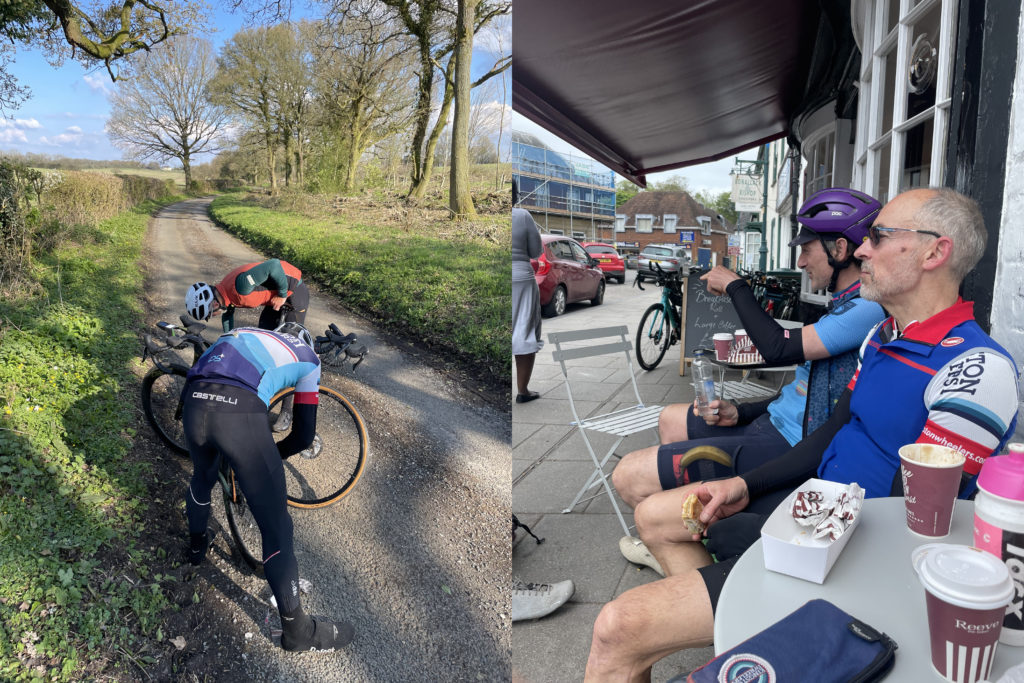
I am not too keen on riding in the dark. I know PBP pretty much requires it but I was planning to ride one of the 600s non-stop so that was enough night riding preparation for me. To complete a 400 in daylight means an early start, a fast pace and short stops. I planned to set off at 5.30am with Javier and Harry Bunnell but Javier stepped in to help out at the start and said he would leave at 6.00am and catch us up. I was sceptical. By the time we reached Amesbury at 160k we had formed a strong group including Sam Sneyd and 2 non-wheelers. We had barely stopped and were averaging over 28kmh so a half hour stop with proper food seemed well deserved. The brisk pace that we maintained over the Salisbury plains to Cirencester meant that we lost one of the group and then at 250k the other non-wheeler also dropped out due to shoulder pain. Then, just as I finish my supermarket sushi pack in the glamorous surroundings of a Waitrose carpark, I was happy but somewhat stunned to see Javier arrive. A great reminder of the importance of managing your stop times – his marginally slower pace, combined with virtually no stopping had allowed him to catch us up by 30 minutes. For the rest of the ride the four of us rode like a kind of relaxed team time trial squad to finish at about 9.45pm
I chose the University Challenge as my “insurance policy” 600. Checking the weather forecasts I noticed that we were due a full moon so I decided I would ride through the night and use this as a test of my PBP lighting set up and my body’s reaction to a non-stop 600. For this ride I really wanted to go for a quick time by managing my stops and keeping a steady fast pace. I set off on my own but soon caught a group of 3 riders. Although they were going bit slower than I had planned it was good to have some company and, given that the first section from Ruislip to Cambridge was into a block headwind, it was good to have some other riders to share turns on the front. From Cambridge we picked up a couple of new riders and a tailwind. For the next 200km we were flying – over 30khm. Things slowed down a bit when we hit the hillier part of the route and headed south down the Wye valley but the tougher riding was rewarded with the beautiful views and perfect weather. We hit the main control at Chepstow at about 9.00pm and had our first proper sit down meal. Beans on toast never tasted so good. We set off over the Severn Bridge under clear skies and a bright full moon. Unfortunately 40km later we hit some gravel on one of the little lanes and though I just managed to stay upright one of our group was not so lucky. He lost a fair bit of skin but somehow managed to carry on to the end. We rolled into the arrive at 9.00am.
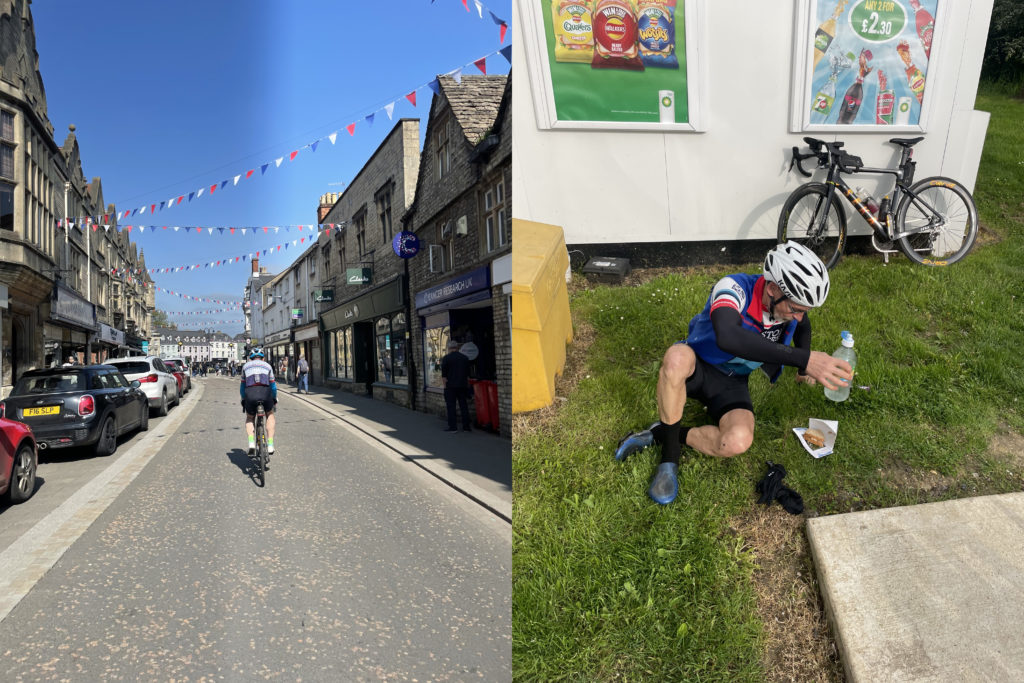
So that was my qualifiers finished. Now I could ride the club Wander Wye 600 just for fun. Or maybe not. Norbert, a friend I met last year on a 1000km audax, suggested we ride together. His strategy on the 1000 (his first audax and first ride of over 160km) was to smash it all day then have a long comfy sleep in a hotel then repeat. His plan for Wander Wye was the same except with less sleep.
This was the first time I had used the new e-brevet app. This means that you don’t have to get a receipt at each control – you just tap the button on the app. It even tells you when the control opens and closes (based on the maximum and minimum speeds for the event) and how much time you have in hand. Slight problem was that we averaged 31kmh to the first control at Wallingford, arriving 6 minutes before it opened, so the app made us wait to register. Norbert seemed to take this as a challenge for the rest of the ride – to arrive at a control after its official opening time was a failure on our part. Several times I told him to ride on as I could not stay with him on the hillier parts of the course but we eventually arrived together at the Chepstow control at 8.13pm to a hero’s reception from the fantastic Wheelers volunteers. I think that even Norbert’s disappointed at arriving 50 minutes after the control opened was lessened by the ovation we received. And the food was amazing. I know that two weeks earlier beans on toast had seemed great but the veggie curry was objectively fantastic. I had decided not to sleep on the floor at the Chepstow community centre so rode another 12km to my hotel and was tucked up in bed by 10pm – just in time for the fire alarms to go off. An hour later after the all clear from the fire brigade I was back in bed. We left at 4.30am on Sunday to try to avoid the forecast rain in the afternoon. Norbert was adamant that we could cover the remaining 204km in 7 hours. Given the way my legs were feeling I was pretty sure that we couldn’t. But as the sun came out and my muscles warmed up it began to seem possible and by keeping our total stop time to just 20 minutes we rolled into the finish 7 hours and 15 minutes later.



